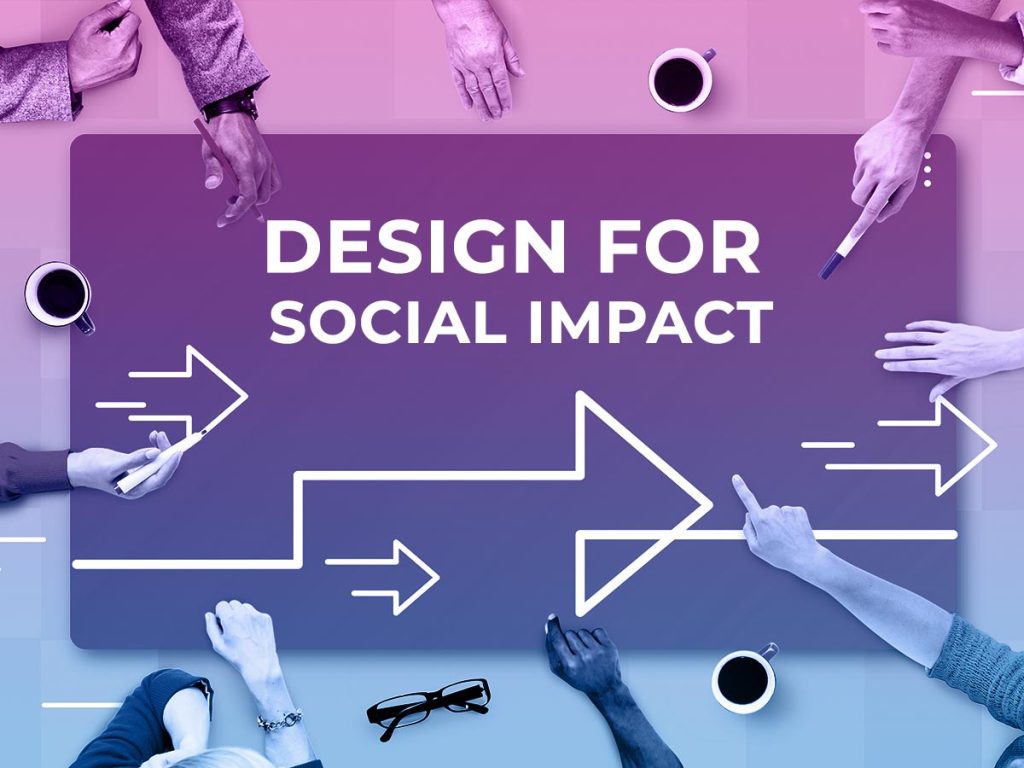Introduction
The contemporary designer has a social responsibility to design for the greater good and use his/her designs to bring change in the world. Social impact design is therefore a concept that integrates aesthetic and innovative strategies, usability and compassion in order to deal with social and environmental issues. New and experienced designers will benefit from gaining insight on the who, what, and how of the social impact design so that they can make an effective change.
Who: The Key Players.
Social impact design involves a diverse range of individuals and organizations working together to create positive change. The key players include:
-
Social entrepreneurs: Innovators who use design to address social and environmental challenges.
-
Designers: Professionals who apply their skills to create social impact.
-
Innovators: Individuals and organizations that develop new solutions to social and environmental problems.
-
Change-makers: Activists, advocates, and community leaders who drive social change.
-
Organizations: Non-profits, businesses, and government agencies that support social impact design initiatives.
What: The Focus of Social Impact Design
Social impact design focuses on creating products, services, and experiences that address social and environmental challenges. This includes:
-
Designing sustainable solutions: Creating products and services that minimize environmental impact.
-
Developing human-centered design approaches: Understanding user needs and creating solutions that meet those needs.
-
Applying design thinking to social innovation: Using design principles to develop innovative solutions to social challenges.
How: The Process of Creating Social Impact Through Design
Creating social impact through design involves a structured process that includes:
-
Empathize: Understand user needs and challenges through research and empathy.
-
Define: Define the problem and identify opportunities for impact.
-
Ideate: Generate ideas and solutions.
-
Prototype: Develop prototypes and test solutions.
-
Test: Iterate and refine solutions based on user feedback.
-
Collaborate: Work with stakeholders and partners to implement solutions.
Best Practices for Creating Social Impact Through Design
Discover how to harness the power of design to solve social challenges; your guide to socially impactful design, sustainable design, and human centred design. Learn how to properly pursue social design that drives change and helps people to see a tangible positive change.
-
Co-create with users: Involve users in the design process to ensure solutions meet their needs.
-
Use design thinking: Apply design principles to develop innovative solutions.
-
Focus on sustainability: Consider environmental impact in design decisions.
-
Measure impact: Evaluate the effectiveness of design solutions.
Case Studies: Successful Social Design Projects
-
Example 1: A design team develops a sustainable water filtration system for rural communities.
-
Example 2: A social entrepreneur creates a mobile app to connect volunteers with non-profits.
Conclusion
Creating Impactful design requires a deep understanding of the who, what, and how. By applying design thinking and human-centered approaches, designers can create positive change and make a lasting impact. Whether you’re just starting out or looking to amplify your impact, this guide provides a comprehensive foundation for creating social impact through design.
Read our latest Blog

